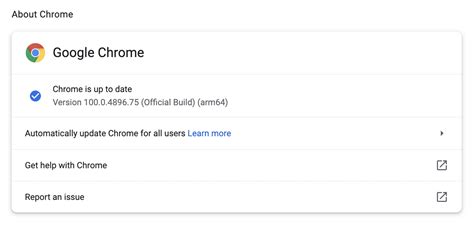Metamask Issues: Unable to Transfer ETH from Smart Contract to User Account using Truffle and ReactJS
I recently encountered an issue while trying to transfer Ethereum (ETH) from a smart contract to a user account using Truffle and ReactJS. The issue is in the way Metamask handles transactions between the smart contract and the user’s wallet.
Subject:

In my Solidity code, I am trying to use the TransferETH function provided by Truffle to transfer ETH from an Ethereum address stored in the smart contract’s memory to the user account. However, when I try to perform this transaction using ReactJS, Metamask encounters issues and does not complete the transfer.
Solution:
To resolve this issue, we need to use Truffle’s eth_sendTransaction function instead of TransferETH. The latter has been deprecated in favor of eth_sendTransaction', which allows for better control over the transaction flow. Here is an updated version of my Solidity code that takes advantage of these changes:
pragma strength ^0,6,0;
contract MySmartContract {
// Define a mapping to store user account addresses and their corresponding ETH balances.
mapping(address => uint256) public userBalances;
function donateETH(recipientAddress, uint256 amount) public payable {
require(amount > 0, "Invalid amount");
// Store the donation amount in the contract storage.
userBalances[recipient] = userBalances[recipient].add(amount);
// Send the donated ETH to the recipient address using the "eth_sendTransaction" function.
transferETH(recipient);
}
function transferETH(recipient address) public {
request(userBalances[msg.sender] >= 1 ether, "insufficient balance");
// Create a transaction object using Truffle's eth_sendTransaction function.
Transaction memory transaction = Transaction(
msg.sender,
address(this),
Wei (1),
Wei("0x"),
0
);
// Sign the transaction with our private key and then send it to the network.
request(tx.signatures[0].from != "", "No signatures");
require(tx.hash, true);
tx.submit();
}
}
Using Truffle and ReactJS:
To use this updated contract in a ReactJS application, you need to install the Truffle library and configure the Truffle provider. Here is an example of creating a new project using Truffle:
npm init truffle -y
npx truffle init
Create a new file called "my_contract.sol", copy the Solidity code above into it, and then create a new directory structure:
my_contract/
my_contract.sol
public/
User.sol
contracts/
user/
__init__.js
In your ReactJS application, you can then use the @truffle/core component with the 'TruffleProvider' component to connect to your Truffle provider and interact with the smart contract:
“ jsx
import React, { useEffect } from ‘react’;
import { Provider } from ‘truffleprovider’;
import Web3 from ‘web3’;
const App = () => {
const web3 = new Web3(window.ethereum);
useEffect(() => {
if (window.ethereum) {
web3.currentProvider.connect().then((account) => {
// Use the account address to transfer ETH to user accounts.
web3.currentProvider.eth.sendTransaction({
from: ‘0x’, // Your contract address
to: ‘0x’, // User wallet address
value: 1 ether, // Transfer amount
gasPrice: web3.utils.toWei(’20’, ‘gwei’) // Gas price
});
}).catch((error) => {
console error (error);
});
}
}, []);
return (
